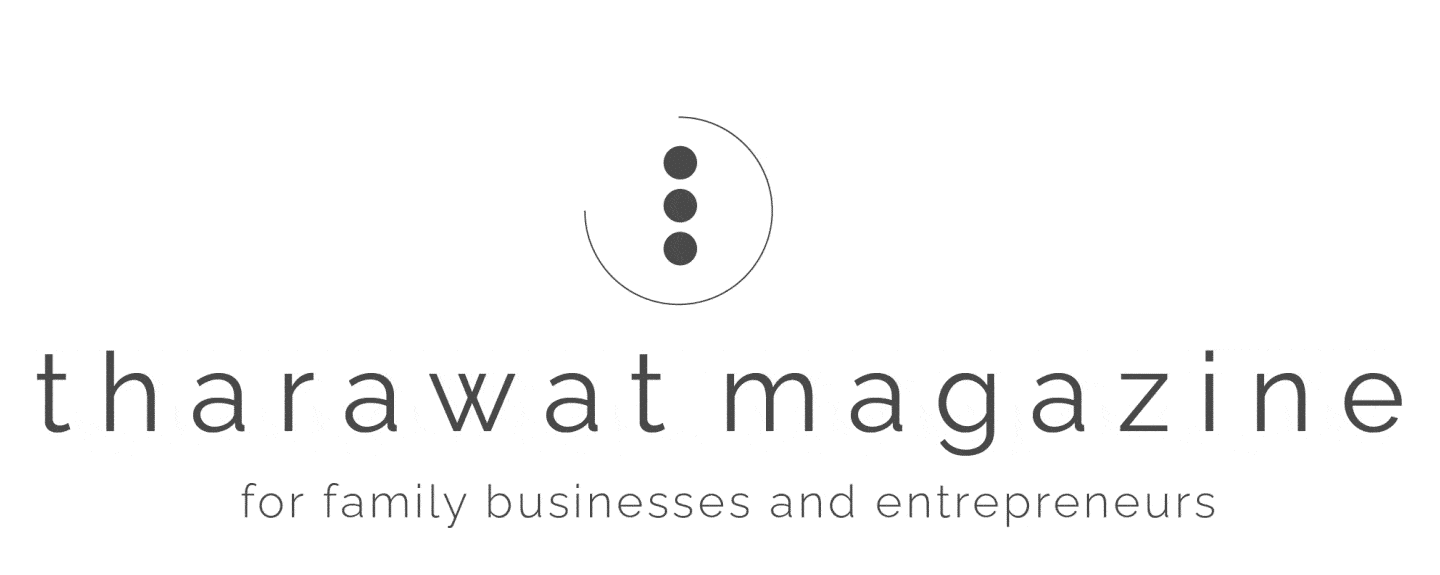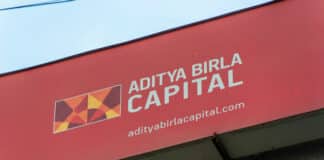Risk behaviour and responses to market sentiments have changed considerably since the early ramifications of the global financial crisis. While standard hedging procedures do not seem to work anymore and risk prediction seems to have become futile, corporations are facing the challenges of reasonable risk management. In his article, Didier Cossin, Professor of Banking and Finance at IMD Business School (Switzerland), discusses the best practices businesses are using during the crisis to confront risks and seize opportunities.
Risk thinking used to be reserved for the back office and risk reports used to put board members to sleep. Not any more. The concern regarding the impact of risk has increased dramatically, and those companies that have developed special skills, flexibility and acumen in taking risks, have gained a significant advantage.
We find that best practices are aligned along four dimensions:
1. Physical health check – What are we exposed to?
2. Mental health check – Are we capturing the right problems?
3. Strategic check – Are we making the right moves?
4. Governance check – Are we structured enough for continued risk awareness?
Shortcomings on any one of these dimensions may doom a company to failure or underperformance. When times were good, this may often have gone unnoticed, however, today, denial is no longer acceptable. Money has become scarce, fund provider generosity is waning, and the competition is becoming tougher. However, even under present circumstances, some will do particularly well and, in spite of all the odds, fortunes will be made. To achieve this, it is important that corporations should focus on all four dimension assuring risk awareness.
The Physical Health Check: Technical Risks
First and foremost, a physical health check is necessary. By now, every firm should be aware of where it hurts. Ideally, they will also be aware of where its major clients and suppliers are feeling pain. In spite of the economic crisis, some companies still seem puzzled when encountering difficulties. However, we urgently need to open our minds to new risks, and prepare ourselves for them. While even good preparation can never fully prevent risk taking, it still may help organizations to react faster and better.
Threats and opportunities may come from many different and unexpected sources. For example, the bankers’ traditional view of risk residing in markets, credit, or operations, has violently contradicted. Suddenly, risks converge, are interconnected and mutually complexifying. Supply of capital, disruption of markets, and volatility of values all at once address the credit side, the market side and the operations of banks. Thus, we cannot rely on our old estimates and must review our plans.
For this, we suggest the following four-step process for technical risk mastery:
1. Identify your Risks
Identifying risks is too important to be left to a bottom-up approach. Your employees – whether it is a single person or a single department – will often lack the big picture. However, views of the top management must be fed by bottom up reporting through open lines of communication in the corporation.
One well-known company, when starting risk reporting to their board, decided to conduct a large survey involving most employees. Having compiled the data, they reported their findings to the board: In the estimate of most employees, VAT compliance was consistently rated as a high-impact risk, which however hardly reflected reality. The results generated by surveyed employees might lead to biased conclusions if the top-management view is left out entirely. However, the bottom-up approach and listening to different points of view is still important as the following example illustrates: In April 2007, a trader at UBS reported difficulties on subprime structured products to his boss, John Costas. The difficulties in the outfit run by John Costa could have been a strong signal to top UBS management. The Chairman’s office did not recognise the signs, closed the Costas outfit, and integrated it in the UBS Investment Bank with poor risk identification. The results speak for themselves.
Old ways of risk identification may need to be revised. Hereby rethinking stabilities that we started taking for granted (e.g. bank deposits) may have become of the essence.
2. Assess your Risk
After risk identification, risk assessment is crucial for a better understanding of possible scenarios. It seems impossible to perfectly analyze a risk factor as by definition it bears the unknown. The role of such assessments is therefore to grow awareness and develop a common language that can then be used to communication and anticipation.
Many tools are available for risk assessment. The use of multiple tools is recommended for large investments or in sensitive areas. Sensitivity analyses (tornado diagrams or spider diagrams), scenarios, and Monte-Carlo simulations are all useful as well as a verbal assessment done by those closest to risk factors. The goal is not to increase paperwork, but to create awareness of the real risk impact.

3. Manage your Risks
Should risks not generally be eliminated? It it were this simple, risk management would become redundant. Your investors expect you to take risks; therefore, you should only eliminate those that are not core, whereby risk management should grant full transparency. We find it best to focus on risk factors that create a defined impact. The exposure of Airlines to fuel costs for example; Southwest’s move to hedge fuel costs at about $25 per barrel from 2004 to 2009 has been the major reason of its continued profitability while all other US airlines were in the red. BMW, on the other hand, stopped its Euro/$ hedges too early losing €1.5 billion. This indicates that some may view hedges as a matter of timing. Thus, for any risk management program, two questions should be asked: (1) Does it truly create value for our shareholders? Some risk management programs create comfort for managers rather than actually adding value to the business. (2) Does it depend on timing? Any management program that depends on timing is a speculative program. But are you a good speculator?
4. Structure your Risks
Finally, the structuring of risks – or sharing of risks – has seen great success in recent times. This entails identifying different risk exposures in a company’s relationships network (investors, clients, suppliers, etc.) and agreeing to share the risks with those least sensitive to them. This principle has often been used in joint ventures and acquisitions as well as in commercial contracts. For example, Syngenta, one of the largest producers of fertilizers and pesticides in the world, has boosted its Latin American business by providing farmers with yield guarantees. The high-risk farmers are able to pass on some of their risks to Syngenta. In turn, Syngenta can direct them towards a commodity trader. In this way, Syngenta obtains more business, with less credit risk and at typically higher prices for its products. Syngenta’s lessons from Latin America can now be levered in the US and in Eastern Europe and Russia. In today’s turmoil, with parties so sensitive to risk, smart risk structuring can make a big difference.
Once the physical check is complete, it is time to address the mental check, the strategic check and governance check.
The Mental Health Check: Behaviours
The main question here is: What is your attitude?
We all know that market sentiments have taken many by surprise; however, they are now well-known risk factors. The question remains whether we are able to face our own failings as well.
As a checklist, senior management should test itself on the following different dimensions – a roster of seven behavioural risks:
1. Herd behaviour
Are you following the herd? Being wrong with others is typically felt to be a safe way out. This is particularly true on management levels where not all can be fired at once. It is useful to revisit past decisions, successful ones as well as failures, and see where you stand, as an individual, a team, and a company.
2. Optimism
When asked if they are counted in the top 1% of the richest people in America, a full 15% of the US population answers ’Yes’. Are you a better manager than average? Is your company particularly insulated in the crisis? A reality check may be in order.
3. Overconfidence
Predicting oil prices is close to impossible. The same can be said for predicting volatility of currencies or markets. Most of us have views and many of us start believing in them without external confirmation. Thus, the question is: Do you truly know how little you know? Most senior managers, with whom we have administered this test, fail it. They are leaders, and one cannot lead with self-doubt. In difficult times, however, taking some time for self-questioning seems advisable.
4. Belief perseverance
Have you held the same views for a long time, despite the large shifts in the world? Is this steadiness or rigidity? Most of us do not adapt fast enough; we do not have the flexibility it requires. How fast can you evolve toward the new economic environment? Do you still expect old times to return? It might be time for a reality check.
5. Hindsight bias
Are you the type that tends to think: “I told you so. I knew it.” If so, are you looking back in time truthfully, or are you second-guessing how you should have reacted from today’s perspective?
6. Anchoring
Are you holding on to your stocks because they used to be worth three times more and, thus, it would be a loss to sell them now? Is your view of assets linked to what they were a few years ago?
7. Representativeness
Finally, do you believe that markets will come back up because they always do? Are you looking for some pattern to repeat itself? Some events however, have changed the world in such a way that past patterns have disappeared entirely.
All of these behaviours can act as barriers against risk awareness. Just checking where you, your team, and your organization stand will help you face reality.
Strategic Check
As major shifts happen, strategies need to be revised. Clinging to past strategies makes little sense, yet developing new ones, or passively adjusting to the markets, is not always better. Strategic thinking is complex, and the building of strategies requires much work. Thankfully, there are ways to test the pertinence of overall strategic choices. The question we ask is simple: Is your strategy shift a smart move?
A. Typical strategies: There is a limited number of typical strategies. Using Paul Strebel’s framework, all big moves can be classified into five categories:
1. ‘Going for growth’: e.g. rolling out a product.
2. ‘Restoring profitability’: a company requires restructuring.
3. ‘Finding a new game’: a company attempts to reinvent itself.
4. ‘Re-launching growth’: a company levers its distinctiveness to increase its competitive advantage over competitors.
5. ‘Realignment’: a company realigns its value proposition to its customers through a revised value chain, with capability development.
B. Smart or not? Once the strategic move is well identified, one needs to question its quality. Generally, smart moves will:
1. Lever the company’s distinctiveness, i.e. it’s objectives, values, culture and capabilities, in terms of skills and resources, and its resources, in terms of assets, clients and partners.
2. Not fall into psychological traps such as the illusions of always being able to beat the competition, of knowing what the customer needs, or lacking the ability to admit defeat.
3. Address significant market opportunities.

First, one should assess the strategy and the change considered. It is then advised to confront competitors’ moves, customer needs, and value chain opportunities. Finally, companies should use change management techniques together with quality leadership, align the organization towards the newly defined goal and consistently drive success. Of course, even smart strategies can fail: The environment can change and competitors might move unexpectedly. Possibly one needs to align again, revisiting all previous risks. High quality leaders will recognize this, which takes us to the issue of risk governance.
Governance Check
Leaders fail. It happens. In itself, these failures are not the worst part. Leaders are human, and may perform well in some circumstances but very poorly in others. Governance risks arise when a failing leader stays on for too long. In order to control impact and costs of these risks, governance rules need to be applied.
There are some well-known governance risk factors that can be self-checked in any organization. Classic risk factors include:
1. A poorly defined role for the board.
2. A dominant CEO.
3. An inefficient board: factors such as size, independence, personalities, the role of outsiders, the structure of the board committees, all matter.
4. Conflicts of interest at the board or senior management level.
5. Compensation schemes that have strong side effects.
6. A board that is not well aligned with its mission.
In reality, the best time to make improvements to governance rules is when things are going well. In crisis times we tend to focus on damage control more than actual quality enhancement. Once the structures are in place for continued corporate awareness, good governance is ensured.
Conclusions
When companies have done their physical check, their mental check, when they apply smart strategies, and when the structures are in place to ensure good governance, there is a sound basis for success even during difficult times. They suddenly become times of re-incubation; times when a company’s distinctiveness can be deepened and new opportunities fuel success. And so, instead of being just a bitter pill to swallow, a recession may turn into a most effective remedy.
Tharawat Magazine, Issue 3, 2009















